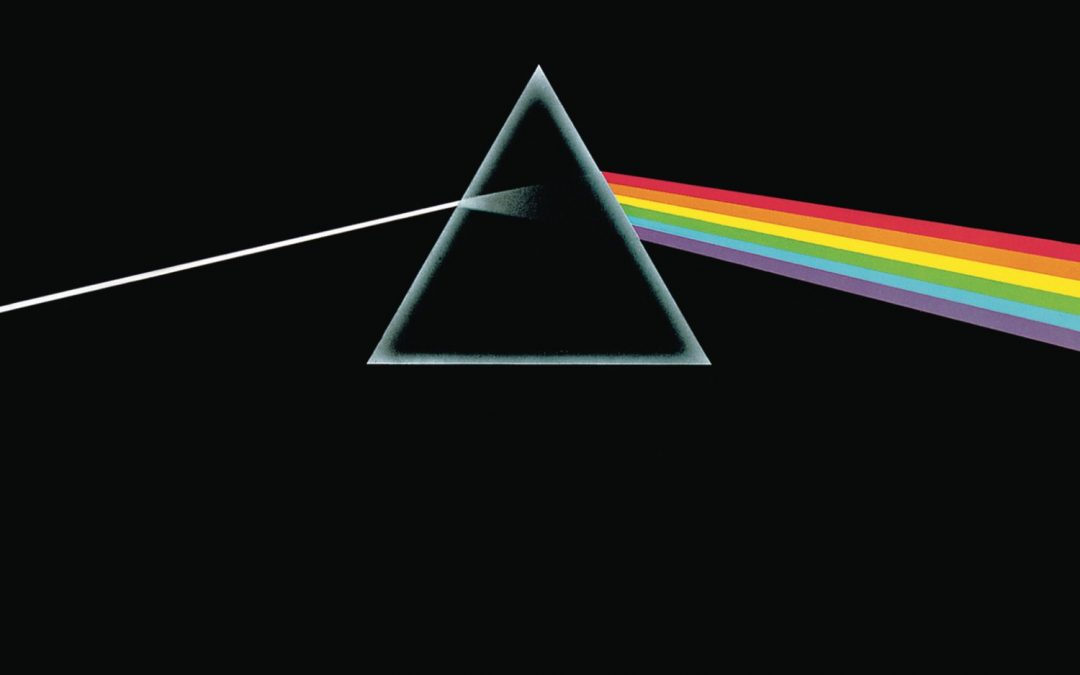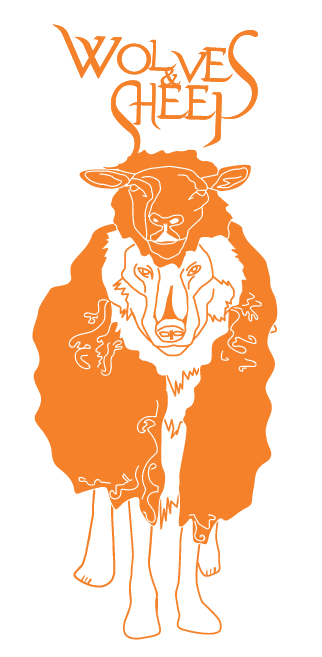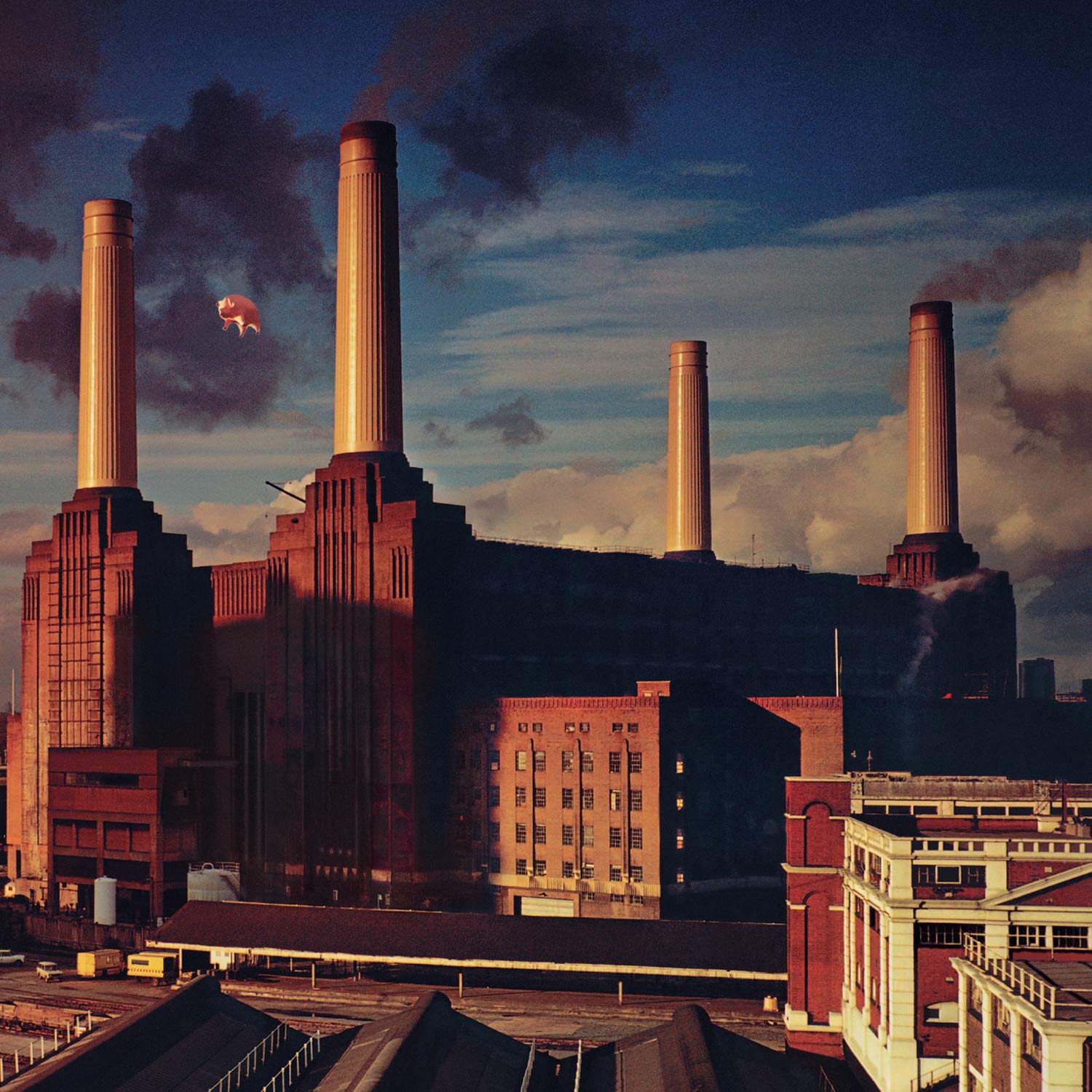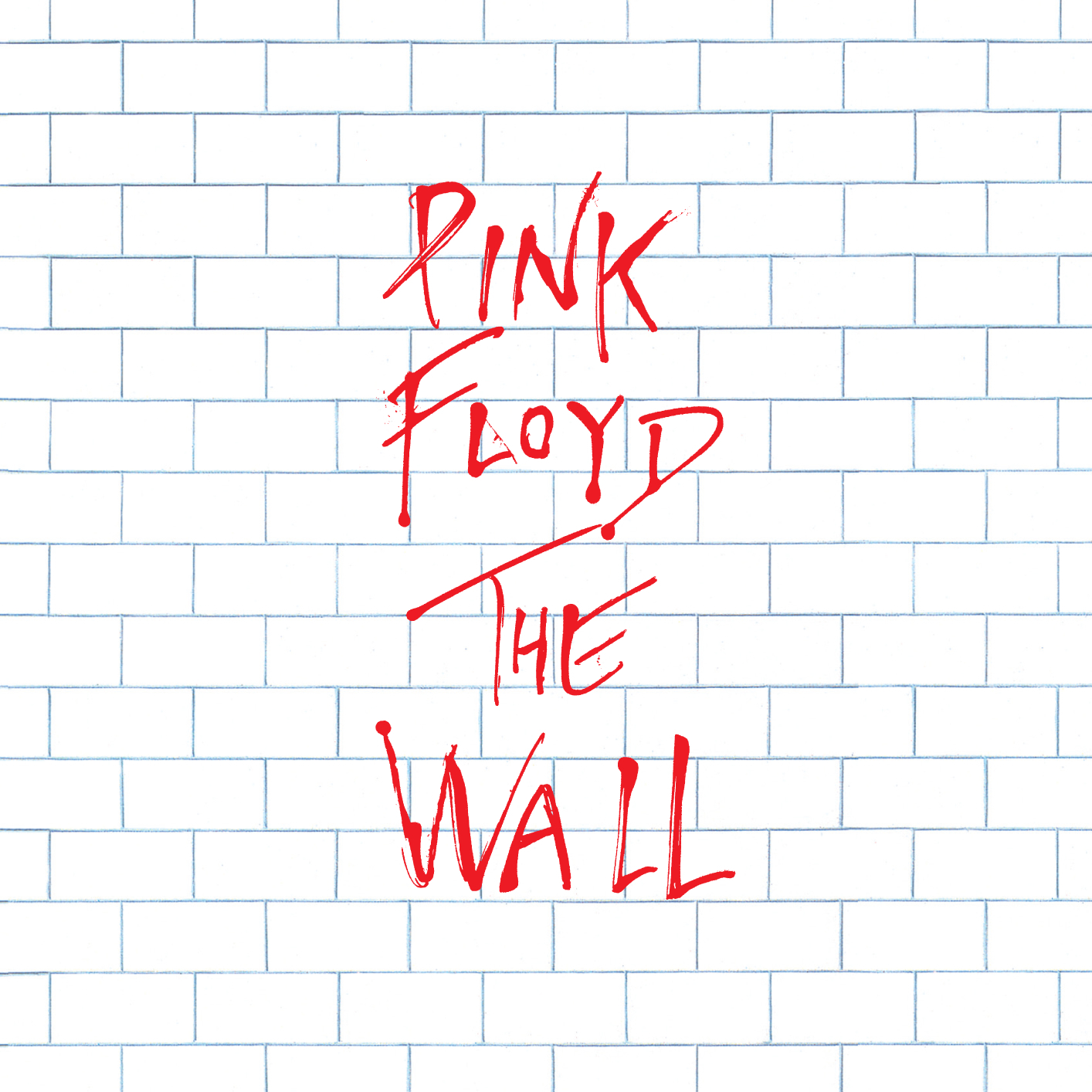
I’ll See You On The Dark Side of the Moon
I’ll See You On The Dark Side of the Moon
Many of you are still waiting patiently for the arrival of Grey Expectations, the Wolves & Sheep hip hop concept album trilogy that we will release as three albums over the course of 12 months. Since we’re currently in the process of additional mixing, I thought this was a good time to talk about my favorite album of all time, The Dark Side of the Moon by Pink Floyd.
To say Pink Floyd and The Dark Side of the Moon were a major influence on Grey Expectations is an understatement. I would even go as far as to say that Grey Expectations is a hip hop tribute album to Pink Floyd. Although the overall concepts are vastly different, there are many similar themes such as consumerism, civil rights, complacency, and depression. The primary characters in both albums experience similar events as demons from their past collide with the mental conflict and pressures of being an artist.
Musically, there are several songs on Grey Expectations that scream Pink Floyd. Hey Hatred for example begins with an intro reminiscent of Pink Floyd’s Time. Crossroads Part 2 sounds like it could have been ripped from The Wall sessions, with a Roger Waters-ish lead vocal by Tony Quintero and an atmospheric guitar solo by Kit Whitacre that channels David Gilmour.
But we’re not here to talk about Grey Expectations, the hip hop tribute album to Pink Floyd (yeah, I said that already, but… SEO). We’re here to discuss what many consider one of the greatest albums of all time.
What Makes Dark Side of the Moon So Illuminating?
So what is it about Dark Side of the Moon that has kept it relevant for just less than 50 years? In a nutshell, the concepts that make DSOTM magnificent are unbound by the constraints of time-sensitive content. Its themes transcend time and evoke emotions and topics that are not only relevant today, but will continue to remain relevant for the foreseeable future. To put it bluntly, DSOTM is a journey through the human experience.
A Shift in Sound
It takes far more than good content and a solid concept to elevate an album to “greatest of all time” status. Although Pink Floyd had seen some success in the UK prior to the release of DSOTM, the psychedelic sound of their initial outings (The Piper at the Gates of Dawn and Saucerful of Secrets) many consider highly experimental. Meandering songs that seem to lack any real structure are littered with intentionally out-of-tune guitars, shifting tempos, and bizarre sounds and effects courtesy of Syd Barrett and his deteriorating mental health.
Yes, I am aware that there’s a small segment of Pink Floyd fans who are infatuated with the Syd Barrett years and refuse to acknowledge the existence of the band after his departure, but with all due respect these folks probably spent the 60s and 70s washing down several doses of LSD with pitchers of toilet water.
Most of you are aware of this story, but Barrett was eventually replaced by David Gilmour and Waters took over the role of band leader. The next three Pink Floyd albums (Ummagumma, Atom Heart Mother, and Meddle) with Waters at the helm still retain many of the psychedelic ramblings prominent in their earlier material. But all of that changed with DSOTM. Gone were the de-tuned guitars and headache inducing experimentation that was Pink Floyd’s signature sound up to that point.
Instead, Waters relied on the classical musical training of bandmates Richard Wright (keys) and David Gilmour (electric guitar), and focused his attention on the development of vibrant melodies and carefully layered vocal harmonies including the infamous Clare Torry vocal on The Great Gig in the Sky. The result is a more digestible sound that appeals to a broader audience, while still retaining many of the psychedelic rock elements the band was famous for.
In addition, audio samples, loop effects, and synths—such as the EMS VCS 3 and EMS Synthi A heard on Brain Damage, Time, On The Run, and Any Colour You Like—were implemented to add depth and real-world elements. The ticking clocks, pulsating heartbeats, and interview response chatter from friends of the band and studio staff are instrumental in bringing the emotional subject matter to life. These same elements have become staples of hip hop music, where they’re used in songs and skits in order to enhance a story or set the tone for an upcoming track.
Lyrically Lyrical: We Got a Story to Tell
I touched on this briefly earlier, but the real beauty of DSOTM is the narrative. During the 60s, music and current events were intertwined. Something revolutionary was happening. People were waking up, questioning authority, and challenging traditional rules and regulations that had remained unabated in the past.
A spiritual and mental awakening was upon us. The civil rights and anti-war movements were gaining steam and mind-altering substances were readily accessible. It was the perfect accelerator for a fusion of culture, music, and politics and the resulting amalgamation produced several offspring including the classic rock concept album.
Albums like Sgt. Pepper’s Lonely Hearts Club Band by The Beatles, The Who’s epic Tommy, and S.F. Sorrow by The Pretty Things paved the way for Pink Floyd’s ambitious journey, and the band did not disappoint. You can check out some more notable concept albums in our blog post “It’s Time to Resurrect the Concept Album.”
The story is one of human experience, but it’s a story that will not resonate with everyone, particularly those who have attempted to rid themselves of the traits that make us human. Some of us go to great lengths to avoid questioning the status quo for fear of the potential conflict that may arise from opening pandora’s box. Dark Side of the Moon validates these fears as the mind of the main character begins to unravel once confronted with the realization that empathy, passion, understanding, and unselfish acts carry very little weight in a society where one’s worth is determined by material wealth.
Grey Side of the Moon
When I began writing Grey Expectations, the Wolves & Sheep hip hop tribute to Pink Floyd, I found myself dissecting many of the same themes that Roger Waters and company addressed on DSOTM and future projects like The Wall, Animals, and Wish You Were Here. Of course my interpretation of these albums and underlying concepts may be different from others.
Beauty is in the eye of the beholder. Our life experiences and their effect are unique to each individual. I hope that those of you who hear Grey Expectations are elevated and inspired, just as I was when I was first listened to Pink Floyd’s Dark Side of the Moon.
Tyler Durdin from Wolves & Sheep
“Instead, Waters relied on the classical musical training of bandmates Richard Wright (keys) and David Gilmour (electric guitar), and focused his attention on the development of vibrant melodies and carefully layered vocal harmonies including the infamous Clare Torry vocal on The Great Gig in the Sky.”



Recent Comments